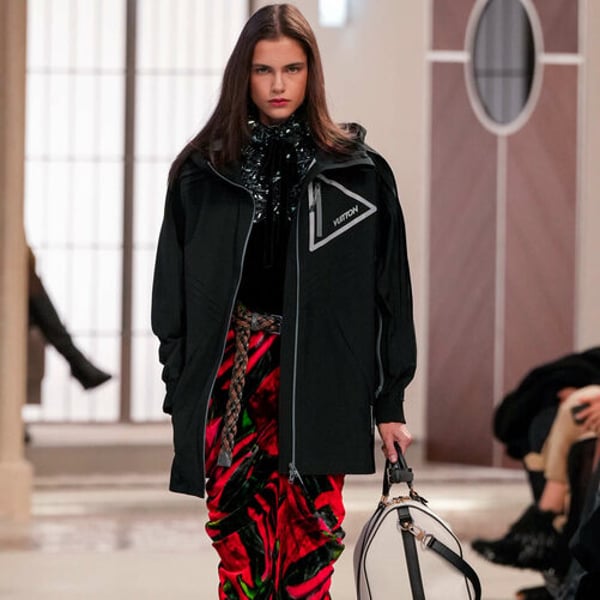Optimism for the future is declining in China, Southeast Asia, and Japan, according to a new report by Bluebell Group, Asia’s premier brand distributor and operator.

The fifth annual edition of its “Asia Lifestyle Consumer Profile” offers a detailed look at how luxury consumers across the region are shifting their values and behaviours, revealing a noticeable drop in confidence and a sense of recalibration.
“This year’s findings reflect a more discerning, digitally connected and value-driven luxury consumer across Asia,” said Ashley Micklewright, president & CEO of Bluebell Group.
“Brands can no longer rely on heritage or aspiration alone—they must prove their worth across every touchpoint. Whether it’s through quality, relevance, innovation or service, the new luxury equation is about earning trust and loyalty in distinct markets that are both fast-evolving and fundamentally recalibrating.”
One of the most significant findings is a growing demand for substance over form. As prices rise and access broadens, Asian consumers are increasingly scrutinising the value behind the label through product quality and performance, investment value, and resale potential. The pursuit of value is also fuelling interest in affordable alternatives, with 75% of Korean and 64% of Chinese and Southeast Asian consumers open to dupes.
This value-driven shift is creating space for Asian home-grown and niche brands. Across the region, especially in China, Southeast Asia, and Hong Kong, there’s a growing appetite for brands that are innovative, emotionally resonant and culturally relevant. Interest in Asian luxury labels remains strong, with Chinese consumer interest at 86% and Southeast Asian at 83%. At the same time, limited-edition and niche collections are seeing more demand.
Alongside changing product preferences, the survey highlights rising expectations around service. More than 90% of respondents expect rewards and perks when shopping, and many are increasingly drawn to immersive or advisory in-store experiences, especially in China and Southeast Asia.
Lastly, the report also suggests a geographic shift in luxury spending patterns. While outbound travel from China has dropped significantly—with only 58% of Chinese respondents planning to travel abroad in 2025, down from 78% in 2024—intent remains strong in other markets such as Korea, Hong Kong, and Southeast Asia. New travel hotspots like Dubai and Sydney are gaining traction, reshaping tourism flows and retail opportunities for global luxury brands.
Copyright © 2025 FashionNetwork.com All rights reserved.





